In Parenting a Child with Autism, here is just a fraction of what you will discover:
- The spectrum of ASD signs and symptoms, plus the most common ASD misconceptions
- What life is really like through the eyes of your autistic child
- How an ASD diagnosis is made, the specialists you may meet, and the support that is available
- The fascinating advancements in understanding autism and the brain—the longest nerve in your body may become your new best friend
- How just 5 minutes a day can make all the difference
- Essential items that can help ASD children avoid meltdowns—fidgets and poppers really can help
- 6 types of ASD treatments and therapies to help reduce symptoms and allow children to go about their daily lives
- How ADHD affects children with ASD, and how anxiety affects a child with ASD
- 20 games and activities you can do at home to start helping your child’s social skills without spending a dollar
- How to make an emotional thermometer and why this is going to help the entire family
- A free social interactions checklist to understand where your child needs a little extra help and support
- And much more
You don’t need to be a psychologist or have special training. What you need to do is act fast, because one of the most consistent pieces of advice you will hear from any ASD expert is that early intervention is always best.
Every parent goes through life doubting their skills. When you are parenting an ASD child, these doubts can have a significant impact on their development. But all of that can change—starting today!

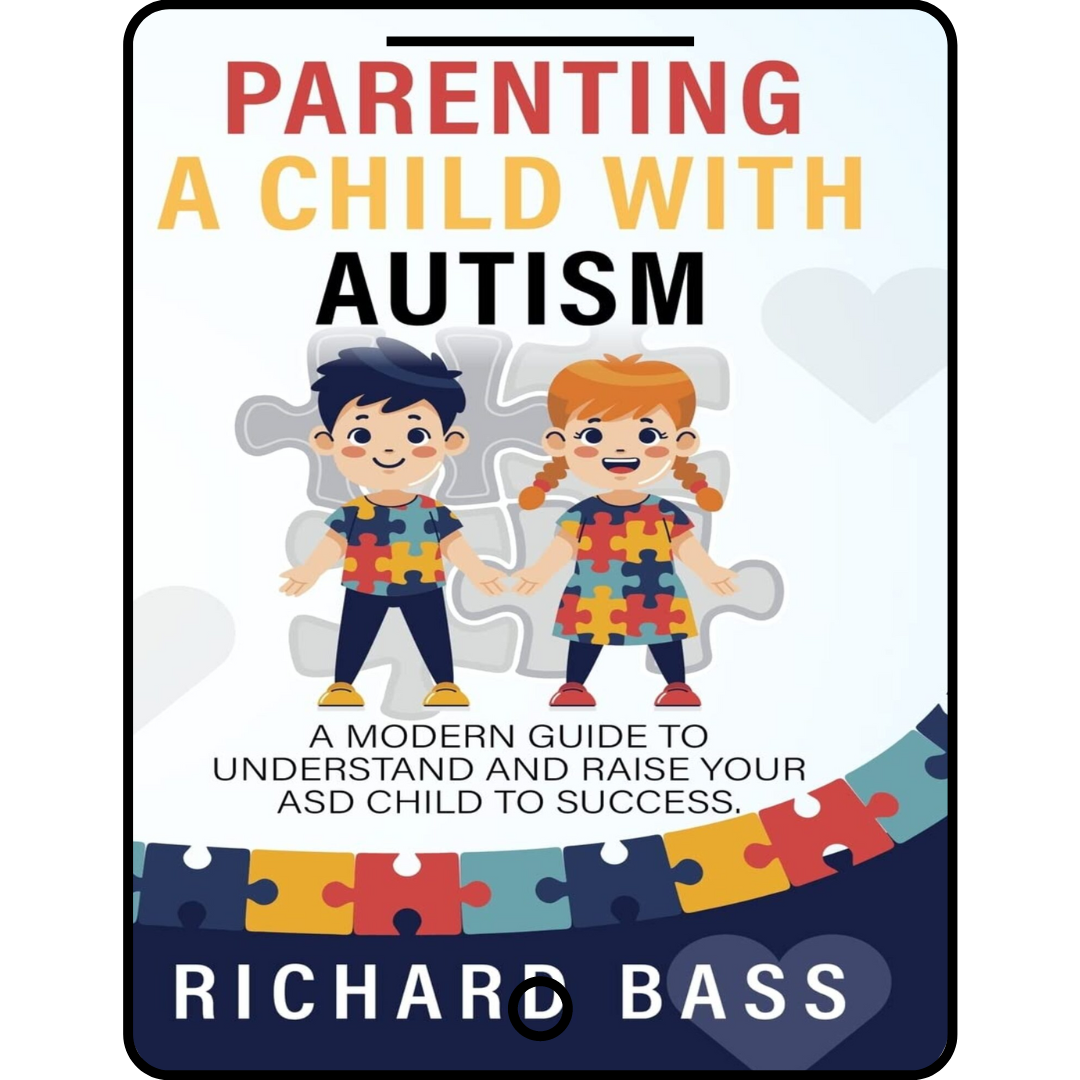
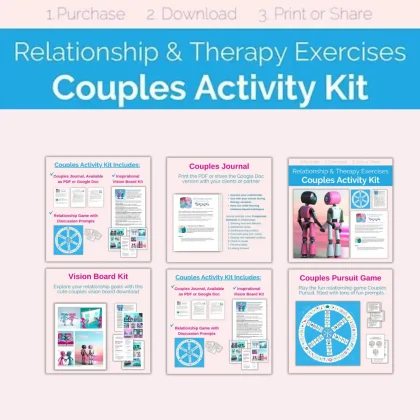
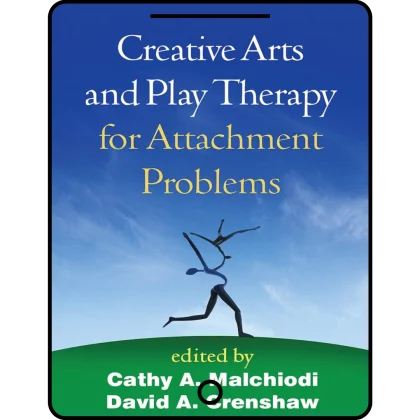
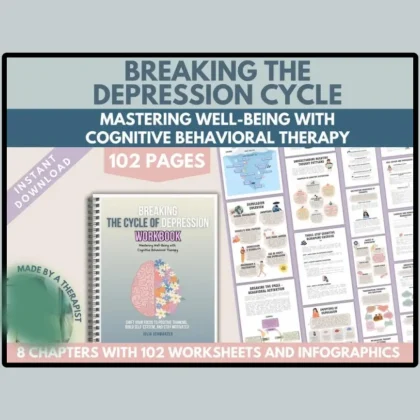

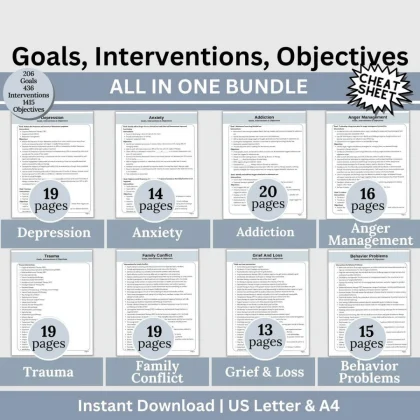

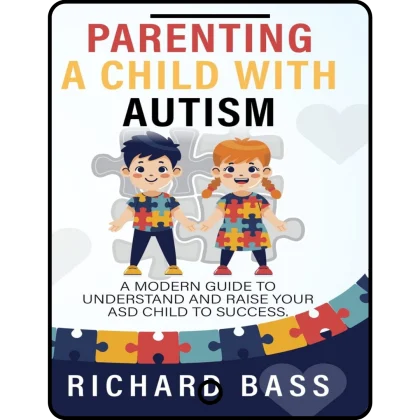
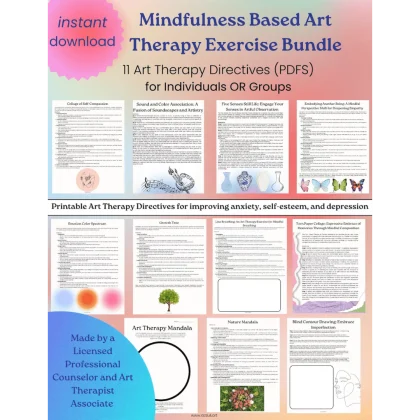
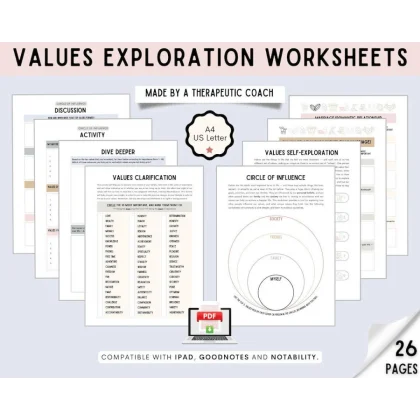
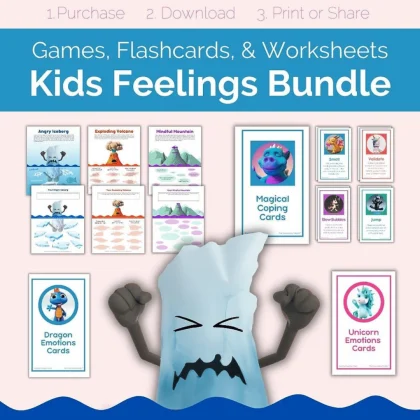

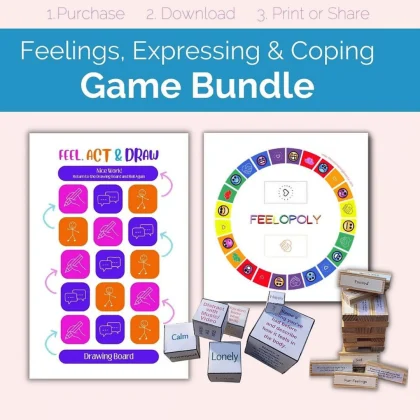
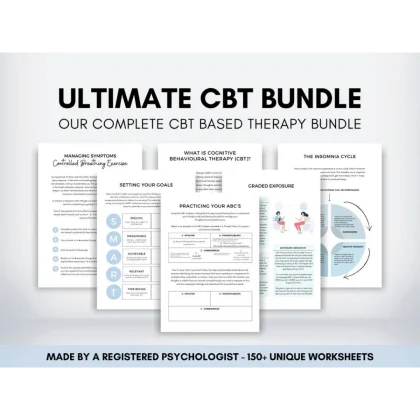
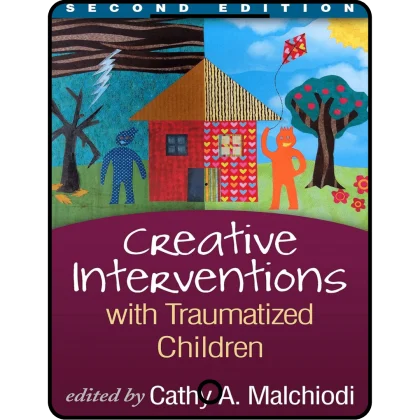

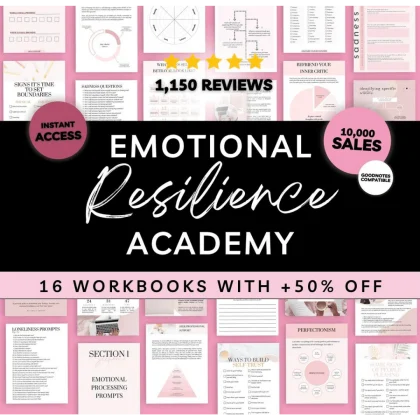

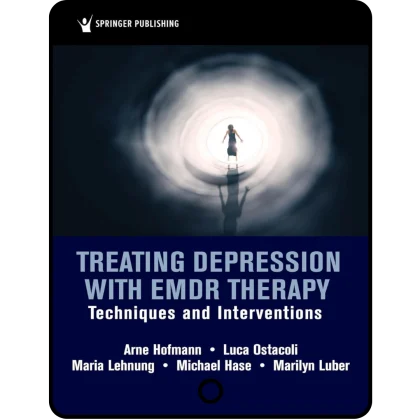

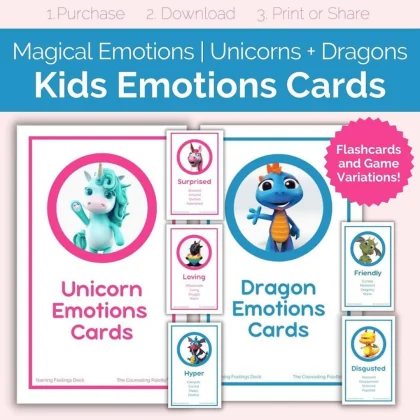

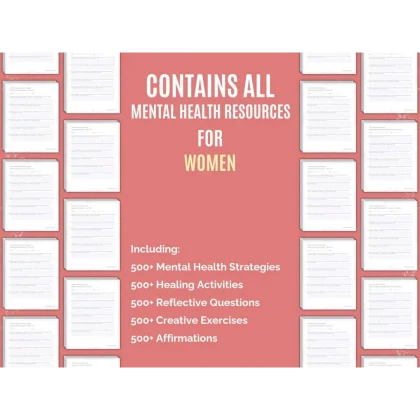

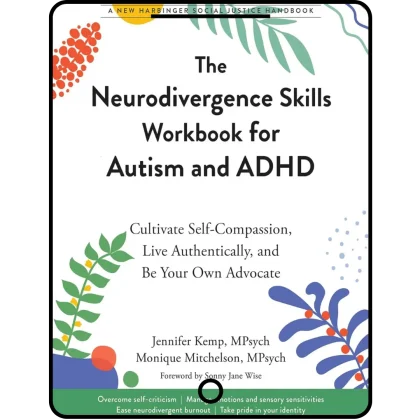
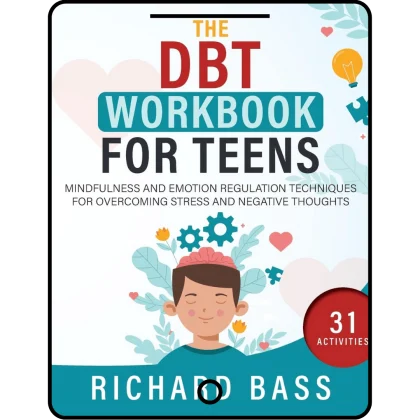
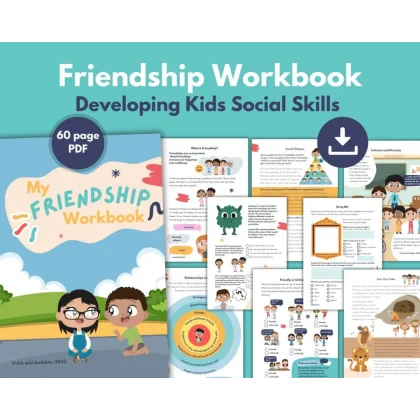
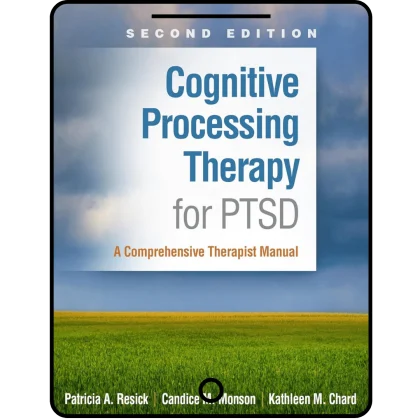

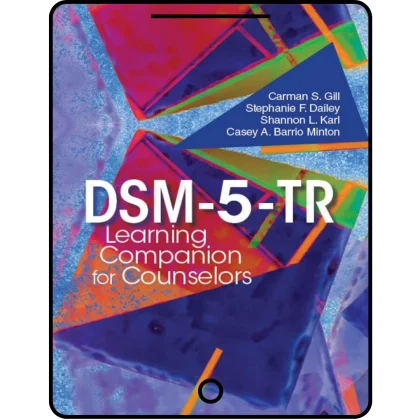
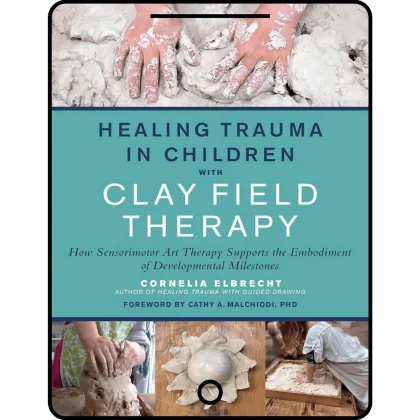
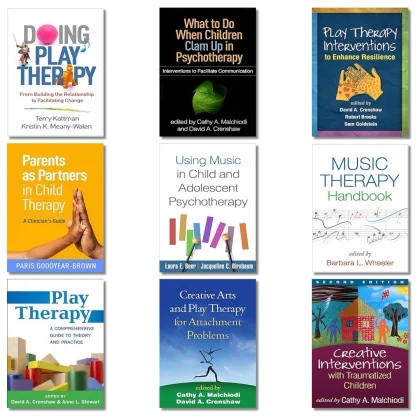
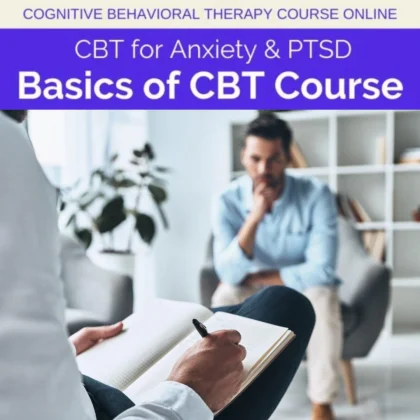

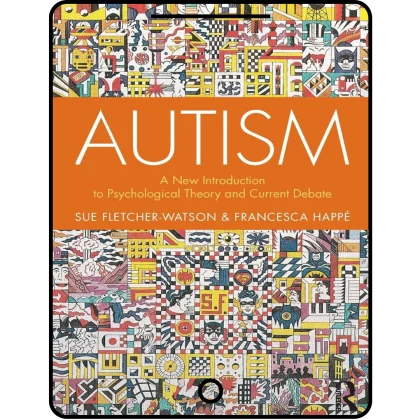
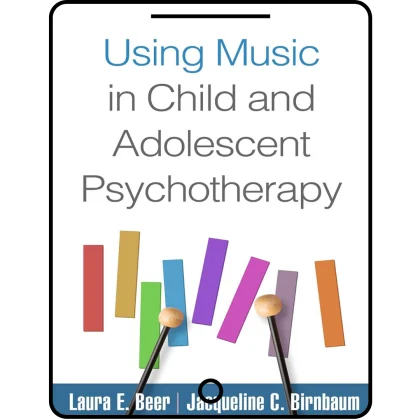
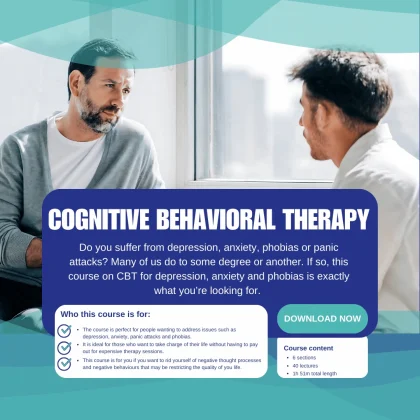

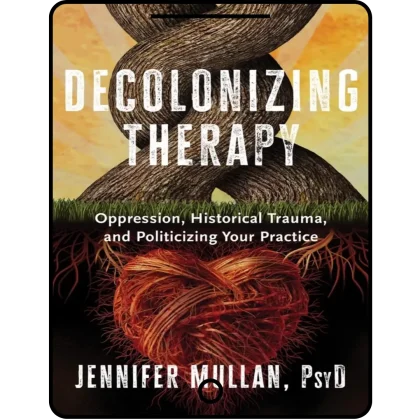
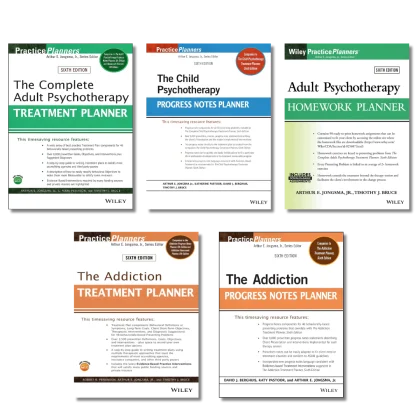
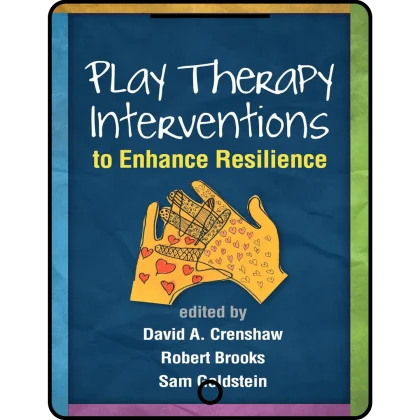
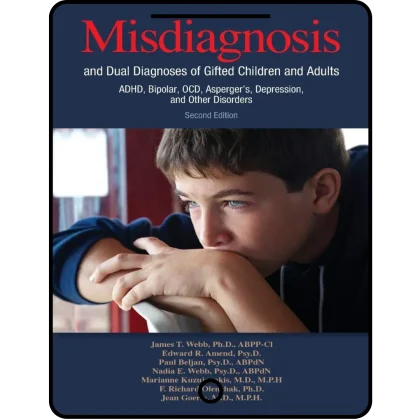
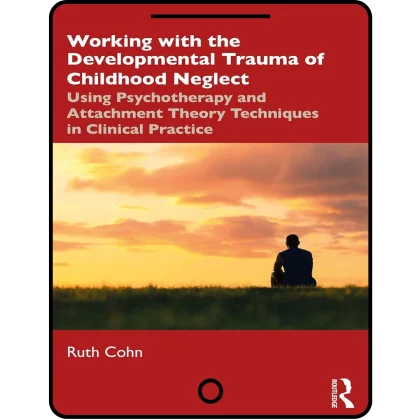
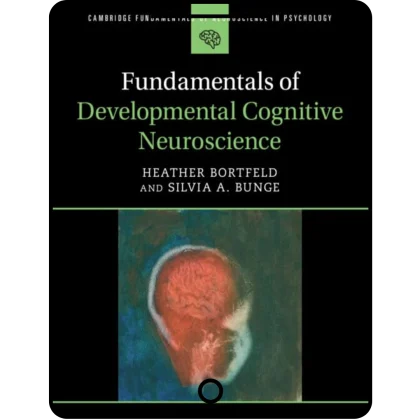
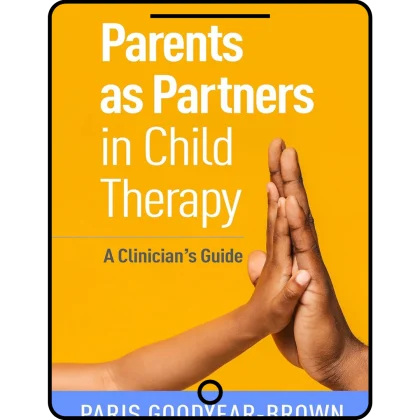
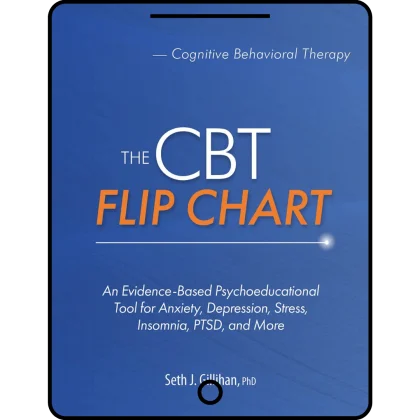
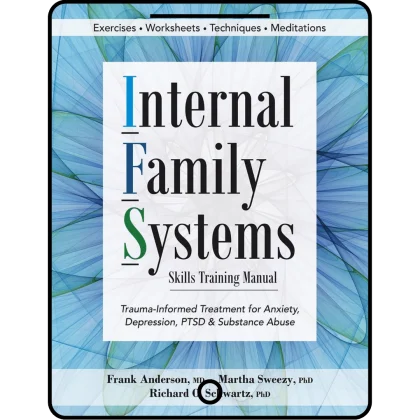
Great book
The introduction I loved because if you are a parent with a newly diagnosed child, it is encouraging and empowering. It shows how some of the most talented people in the world were autistic. The information packed into this book was so helpful to me especially dealing with a child 10 years old newly diagnosed with ASD (high functioning) I decided to also purchase a few of his other books which I recommend those reading, to check out
This book is a comprehensive guide for those new to the mental health field or parents navigating an ASD diagnosis for their children. It covers misinformation, accurate information, potential misdiagnoses, and offers proper techniques for various situations when working with kids. Additionally, it provides recommendations for parents on how to manage their child’s diagnosis and take care of themselves for more effective assistance. The use of simple language makes it accessible to individuals with diverse educational backgrounds.
Good